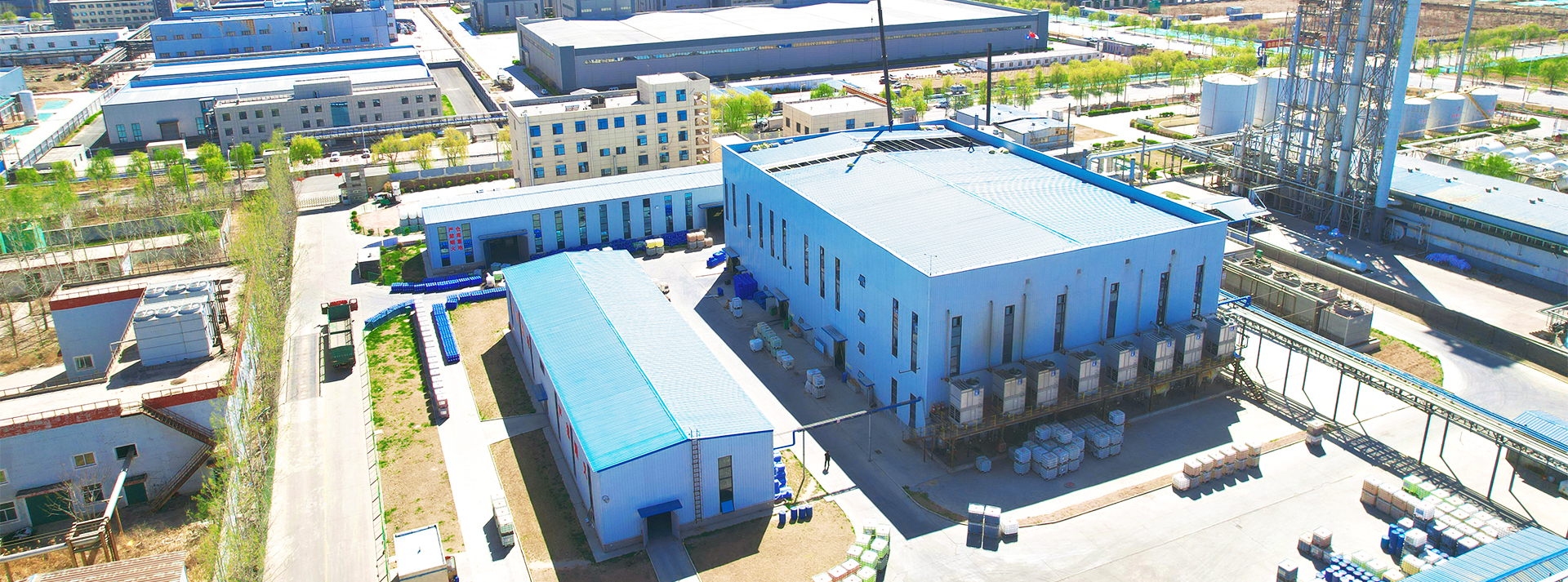HEDP Application in Water Treatment Processes for Enhanced Efficiency and Performance
The Efficacy of HEDP in Water Treatment
The Efficacy of HEDP in Water Treatment
HEDP is a phosphonic acid derivative that exhibits excellent chelating abilities. Its primary function in water treatment is to inhibit scaling and to disperse existing scale deposits. This is particularly significant in systems that employ hard water or are subject to varying temperatures, where scale formation can severely impact efficiency and operational costs. By effectively binding to calcium and magnesium ions, HEDP prevents the crystallization process that leads to scale, thereby maintaining the integrity of equipment such as boilers, cooling towers, and heat exchangers.
hedp water treatment

Moreover, HEDP acts as a corrosion inhibitor. Its ability to form protective films on metal surfaces mitigates the risk of corrosion, extending the lifecycle of pipes and machinery in water systems. This is especially vital in industrial settings where downtime due to equipment failure can lead to significant economic losses. By incorporating HEDP into water treatment regimes, industries can not only improve operational efficiency but also reduce maintenance costs and prolong the life of their assets.
Another advantage of HEDP is its stability across a wide range of pH levels and temperatures, making it suitable for diverse applications. Whether used in municipal water treatment facilities or within industrial processes, HEDP remains effective, ensuring that water quality is consistently maintained. Furthermore, HEDP is environmentally friendly, as it decomposes effectively and poses minimal risks to aquatic life when handled correctly.
In summary, HEDP proves to be a versatile and efficient agent in water treatment processes. Its ability to prevent scaling, inhibit corrosion, and perform effectively across various conditions positions it as an essential component in modern water treatment strategies. As industries continue to seek sustainable and cost-effective solutions, the utilization of HEDP is likely to grow, contributing to enhanced water quality and ultimately benefiting both public health and environmental conservation.
-
Water Treatment with Flocculant Water TreatmentNewsJun.12,2025
-
Polymaleic AnhydrideNewsJun.12,2025
-
Polyaspartic AcidNewsJun.12,2025
-
Enhance Industrial Processes with IsothiazolinonesNewsJun.12,2025
-
Enhance Industrial Processes with PBTCA SolutionsNewsJun.12,2025
-
Dodecyldimethylbenzylammonium Chloride SolutionsNewsJun.12,2025





